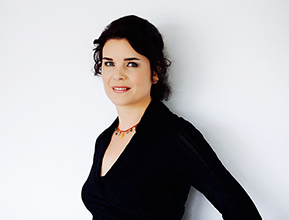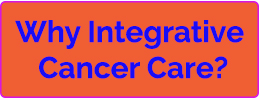GBM Awareness Day, on July 22, 2020, is the second national event calling attention to this challenging disease that is often deadly. According to science, glioblastoma multiforme (GBM) is one of the most complex and treatment-resistant cancers. More than 13,000 Americans are expected to receive a GBM diagnosis this year and it is estimated that 10,000 individuals would succumb to a GBM in the U.S. every year. Despite first being identified in the scientific literature in the 1920s, there have only been four drugs and one device ever approved by the FDA to treat malignant brain cancer.
I understand that more GBM research is paramount. I’ve known many GBM patients that have passed away and others that continue to live. My first friend with a GBM that died was Audrey; we met in a support group. As her disease became more aggressive, I visited at her home. Witnessing Audrey in a wheelchair with her face inflamed and lack of capacity to communicate was profoundly devastating. That experience gave me a new perspective on the suffering and motivation for more research, and I subsequently met other brain tumor patients with challenges.
Initiated by the National Brain Tumor Society (NBTS), GBM Awareness Day educates about the disease and seeks funding for GBM research. However, it’s essential to recognize and address other types of brain tumors that also need research funds. Nearly 80,000 people are diagnosed with a primary brain tumor annually.
Approximately between 1999-2007, the now-defunct North American Brain Tumor Coalition (NABTC) organized Brain Tumor Awareness Week (BTAW). The purpose was to educate legislators about brain tumors and increase government funding for all brain tumors. Comprised of leaders from several U.S. and Canadian Brain Tumor organizations, NABTC met annually in Washington, D.C. Patients, survivors, and caregivers were also encouraged to attend and tell their own brain tumor stories to the legislative aides of Senators and Representatives. BTAW’s efforts provided first-hand education to these staff members about brain tumors and the urgency for research funding. NABTC’s goals to increase government funding for all brain tumor types were outstanding accomplishments.
In terms of my journey, I’m a 22-year brain tumor survivor. After my first awake brain surgery in 1998, various pathology reports said I had either an oligo-astrocytoma or astrocytoma. In 2013, after my third awake brain surgery, the report said it was an anaplastic astrocytoma. Those types of gliomas also occur in some other brain tumor patients. In addition, I know people with brain tumors with oligodendroglioma, brain stem glioma, acoustic neuroma, meningioma, and others. All brain tumor types need attention and more brain tumor research.
We benefit from being together as one to provide education and request funding for all brain tumors. Our efforts for Brain Tumor Awareness Month in May, Head to the Hill orchestrated by the NBTS, and Brain Tumor Awareness Day or Week (currently not in existence) keeps the focus on brain tumor education and increased brain tumor research. We must be persistent. We must find answers for better outcomes and cures for all brain tumor types. Now is the time.





